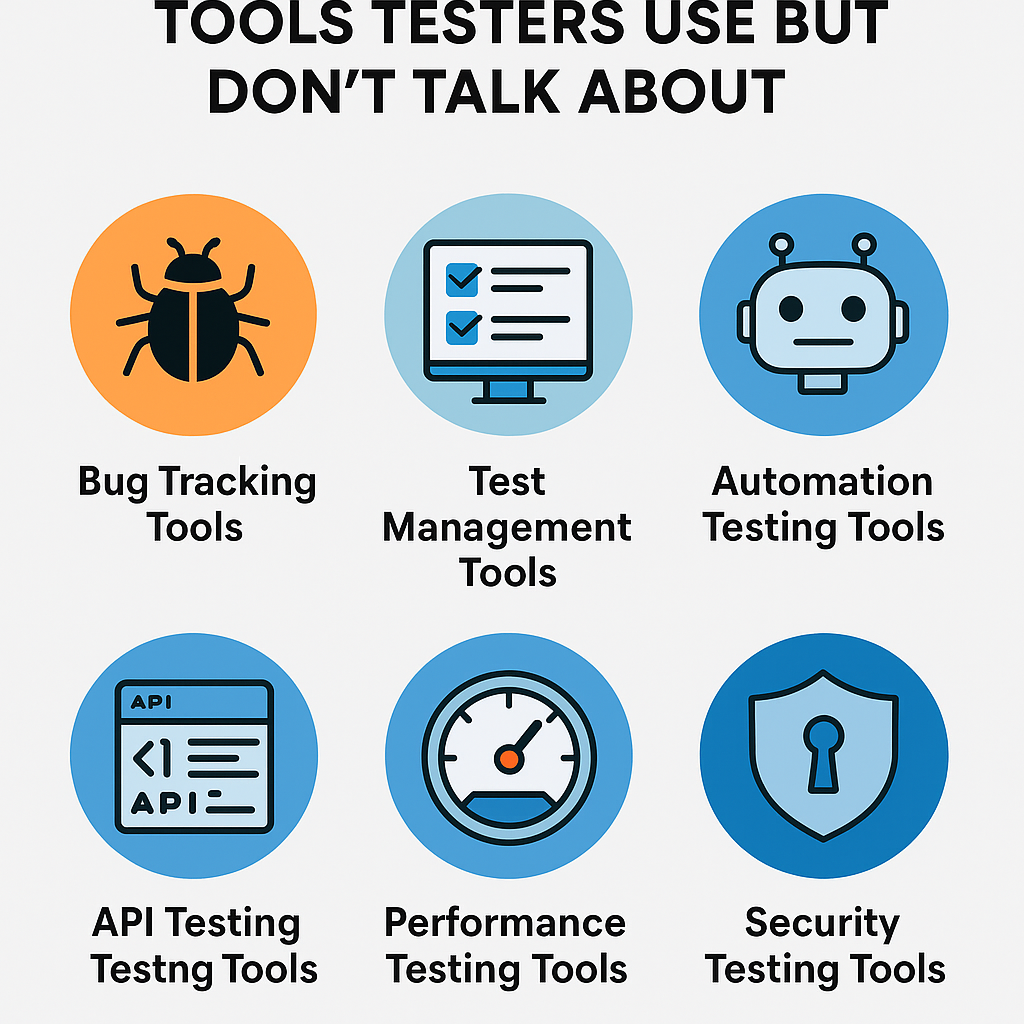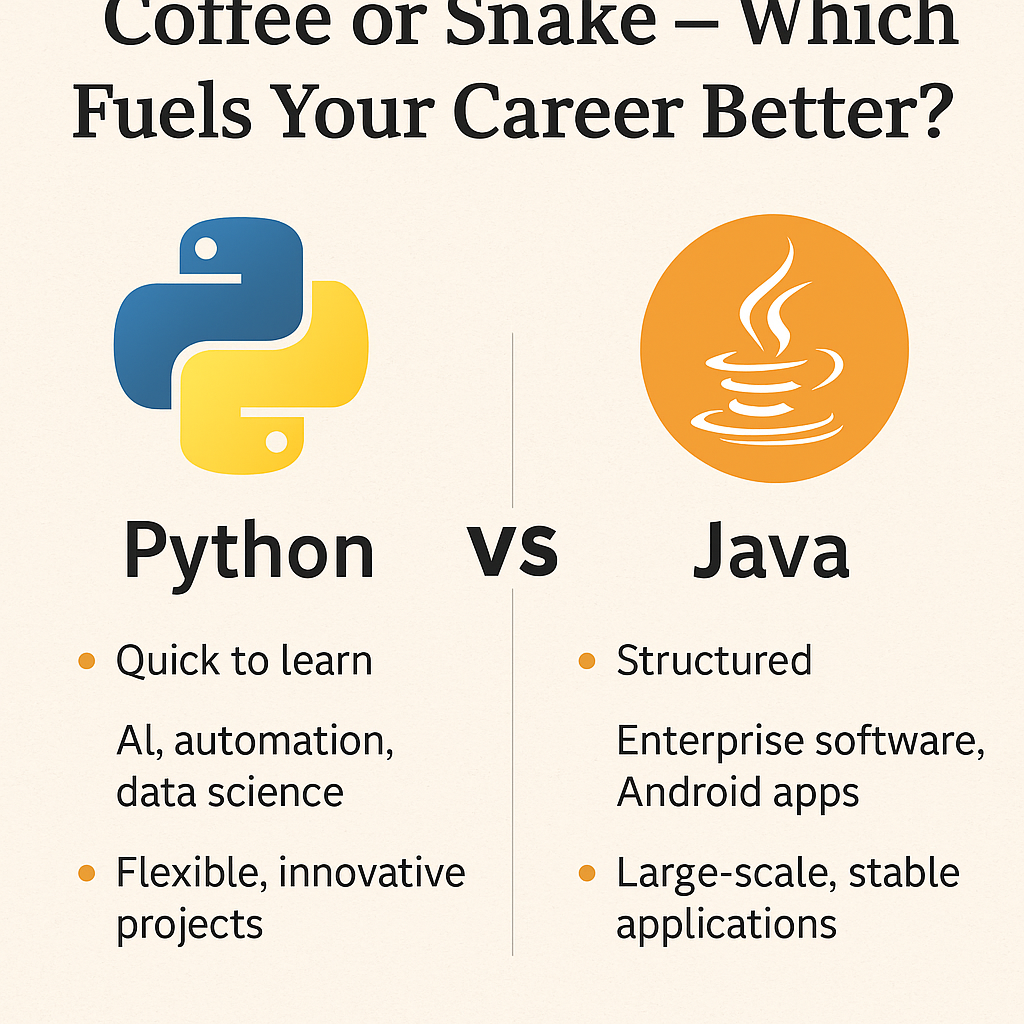You’ve added everything to your cart, and you’re ready to hit the “Buy Now” button. But before you do, there’s one last critical step: the checkout process. This is where sensitive data like shipping addresses and payment information come into play. The online shopping site takes the security of its checkout process extremely seriously—and for a good reason. After all, this is the point where all your efforts lead to conversion. And no one wants a security flaw messing that up! 💸
Why Security Testing is Critical for Checkout
The checkout process is the most sensitive phase of any transaction. It’s where payment details, shipping addresses, and other personal information are transmitted. A compromised checkout system can lead to financial losses, fraud, and customer dissatisfaction. That’s why the online store pulls out all the stops to make sure their checkout process is rock solid.
Key Reasons for Checkout Security Testing
- Protects Payment Data: Ensures that sensitive information like credit card numbers and addresses are encrypted and safe.
- Prevents Fraud: Detects and blocks unauthorized transactions before they happen.
- Builds Customer Trust: A secure checkout gives customers the confidence to complete their purchase
Also read about How to test SQL injection as Manual tester?
Benefits of Security Testing for Checkout
Here’s what you gain by testing your checkout process rigorously:
- Secure Transactions: Payment and personal data are encrypted, reducing the risk of interception or tampering.
- Fraud Prevention: By testing for vulnerabilities, you can detect and block fraudulent activities before they happen.
- Customer Confidence: A smooth and secure checkout process boosts customer trust and increases conversion rates.
- Compliance: Ensures that your platform meets legal requirements such as PCI DSS for payment security
Also read about How to test SQL injection as Manual tester?
Disadvantages of Not Performing Security Testing
What happens if you skip security testing for the checkout process? Well, here are a few scenarios you’ll want to avoid:
- Data Breaches: Personal information like addresses and payment details could be exposed to attackers.
- Fraudulent Transactions: Without proper security, attackers could manipulate or steal payment information.
- Loss of Customer Trust: Customers are less likely to complete a purchase if they don’t feel safe during checkout.
- Legal Penalties: Failing to protect sensitive data can lead to legal consequences, including fines and lawsuits.
Best Practices for Securing Checkout
Securing the checkout process involves following a series of best practices that can make a huge difference in keeping your platform safe. Here’s what companies do to secure their checkout:
1. Use SSL/TLS Encryption
All sensitive data, including payment details and addresses, should be encrypted in transit. Manual testers should verify that SSL/TLS is implemented and functioning properly throughout the checkout process.
2. Implement Input Validation
Prevent injection attacks by validating all inputs in checkout forms (e.g., shipping address, payment information). Manual testers should attempt to insert malicious input to confirm that validation is effective.
3. Session Expiration
Ensure that sessions expire after a certain period of inactivity, preventing unauthorized access. Manual testers should validate session management and test for potential session hijacking.
4. Secure Payment Gateways
Make sure your payment gateway complies with PCI DSS standards for handling payment data. Manual testers should verify that the gateway is secure and that no sensitive data is exposed.
Test Cases with test data for Checkout Security
(Note: These test cases are designed for manual testers performing security testing.)
Here are some test cases:
| Test Case ID | Test Objective | Test Steps | Test Data | Expected Result |
|---|---|---|---|---|
| SEC_PM_01 | Test for unauthorized product updates | Attempt to modify product details as a non-admin | User: guest_user, Product ID: PRD98765 | Access denied, error shown |
| SEC_PM_02 | Test input validation for product description | Enter XSS script in product description field | <script>alert('Hacked!')</script> | Script blocked, input sanitized |
| SEC_PM_03 | Test for session expiration during product updates | Leave session idle during product update | Product ID: PRD54321, Admin: admin_user | Session expires, user logged out |
| SEC_PM_04 | Test for SQL injection in product update fields | Enter SQL commands in product fields | SELECT * FROM products WHERE price = 100 | SQL injection blocked, error displayed |
| SEC_PM_05 | Test product listing update notifications | Update product details and notify customers | Product ID: PRD24680, Status: Back in Stock | Customers notified of product changes |
| SEC_PM_06 | Test for XSS in product image uploads | Upload image with embedded script | Image file: hacked_image.jpg | Script blocked, image sanitized |
| SEC_PM_07 | Test product description length validation | Enter excessively long product description | Description Length: 10000 characters | Description rejected, error displayed |
| SEC_PM_08 | Test for unauthorized product deletion | Attempt to delete product as non-admin | User: unauthorized_user, Product ID: PRD13579 | Access denied, error shown |
| SEC_PM_09 | Test for CSRF in product management actions | Attempt unauthorized product update using CSRF | CSRF Token: XYZ123456, Product ID: PRD11111 | CSRF attack blocked, action unauthorized |
| SEC_PM_10 | Test for concurrent product updates by multiple users | Update same product simultaneously on two devices | Product ID: PRD112233, Users: admin1 and admin2 | Conflicting updates handled correctly |
Conclusion
The checkout process is the final hurdle before a purchase is complete, and it’s where everything comes together—payment, personal information, and trust. By taking the right steps to secure this process, you can prevent fraud, protect sensitive data, and ensure a smooth customer experience.
“A secure checkout today means more sales tomorrow.”
Checkout process security testing for e-commerce platforms,Secure e-commerce checkout with manual testing,Preventing data breaches during checkout,Manual testing for secure e-commerce transactions,PCI DSS compliance for checkout security












